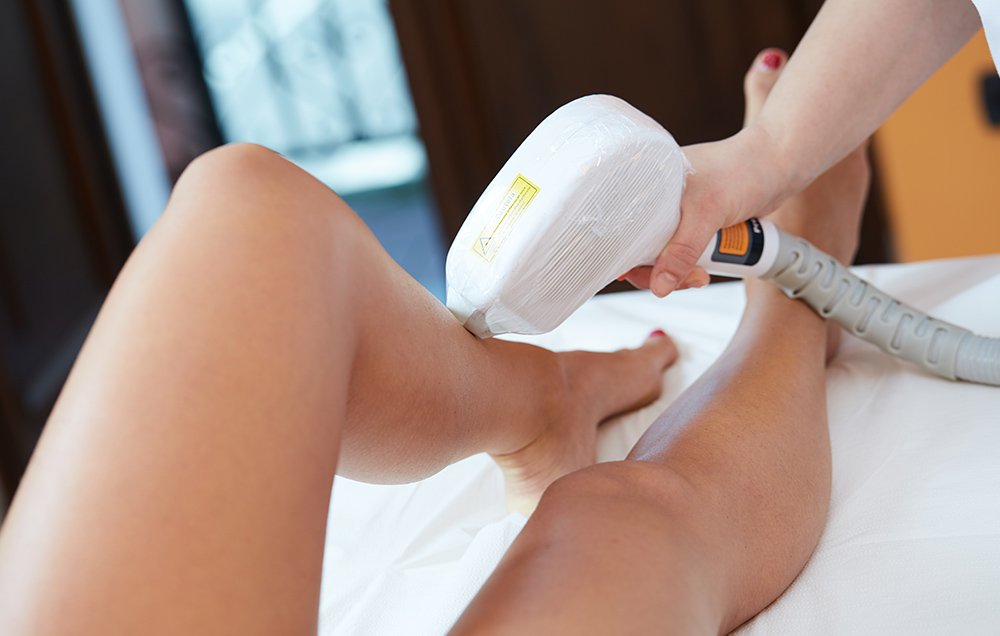FAQs about Face Lift Cosmetic Surgery
- What is a facelift, who is it for and what is it meant to do?
A facelift, technically called a Rhytidectomy, is a form of cosmetic surgery where the noticeable signs of aging that occurs in the lower two-thirds of the face and neck can be reduced. This is achieved by removing the excess fat, tightening the neck muscles and removing drooping skin.
- Who are the Best Facelift Candidates?
Take into consideration if a facelift is right for you – physically, mentally and emotionally. The ones who get the greatest outcomes are those who have a well-defined bone structure, or whose face and neck have begun to droop, but whose skin still has elasticity. Facelifts have proven successful on those in their 70s and 80s; however the most popular ages for facelifts are in their 40s and 60s. Younger patients may not see the results that the elder patients notice as they have less wrinkles and more skin elasticity, so those under the age of 40 should think realistically before having a facelift. Younger patients may want a consult on a facelift if they have lost a great amount of weight or have genetic problems, as they could possibly be considered a candidate.

- Are there any ethnicity-related facelift concerns?
Special considerations should be made for Caucasians, African-Americans, Asians, and other ethnic groups as the nose plays a big role for defining ethnicity and social class. It has long been a topic of debate and concern. Individuals do not want to ‘stand out in a crowd’ because of a peculiar shaped or huge nose; nonetheless they want to both unique and ‘normal’. And so the nose became a chief focal point for the improvement of cosmetic surgery procedures.
- What to expect after a Facelift?
After a facelift, many patients are astonished by how small of pain there is after surgery. Usually the inability to breathe through the nose for several days, due to swelling, is the most uncomfortable part of the procedure and typically gets better within one or two weeks. For several weeks, expect some swelling around the eyes; however as the swelling goes away, you’ll begin to see the surgery’s progress. Special safety measures are necessary during your recovery. Bending or lifting can extend swelling and is not suggested for three weeks after surgery. Running, cycling, or exercises should not continue for four weeks. Contact sports should be stopped for six weeks, because it can take that long for the bones to totally heal. Driving is permissible when the swelling goes down and does not get in the way of your vision. After two or three weeks you may fly.
- How to Prepare for Facelift Surgery?
Before your scheduled surgery, we will review your medical background to make sure that there are no conditions that will interfere with the surgery or recovery after the facelift. Conditions that may be of concern are:
Hypertension (High Blood pressure) – specifically if it isn’t under control.
Smoking – a person who smokes does not heal as quick as those who do not smoke. You’ll most likely be informed to abstain from smoking for a number of weeks before your surgery.
Scarring problems from the past – including keloid scars and hypertrophic scars.
Bleeding problems – a history with blood clotting, or lack of clotting must be brought to the attention of your surgeons as well as any medications you are taking. Also, tell your surgeon as well as any medications you are taking. Also, tell your surgeon about herbs and supplements that you take. Many patients feel it helps to open up their medicine cabinets and make an inventory before they go to see their surgeon.
Plan for a ride home after your surgery.

Try to arrange for someone to stay with you for the first several days after surgery. Ask your surgeon about a visiting nurse service if you live alone. You may want to stay at an aftercare facility for the first several days after your facelift.
You should wear for both surgery and afterward clothing that has front closures (nothing than has to be pulled over your head)
Grow out your hair a little longer if your hair is very short, as longer hair will make it simple to conceal healing scars.
You should get ready a relaxed spot that you can utilize to recover from your facelift.
- What are the facelift risks and complication?
Complications can include a hematoma (an accumulation of blood under the skin that may need to be removed), an infection or a reaction to the anesthesia, injury to underlying structures is possible (though usually temporary) could happen even though the plastic surgeons are trained in techniques for safely manipulating facial skin and tissue. Facelift incisions can be unpredictable depending on the way the patient heals, however most are regularly not noticeable. Listening to the advice from your surgeon can considerably reduce the risks before and after your surgery.
- Is a facelift permanent?
Meant to enhance your current look, a facelift will not halt the signs of aging, however it will ‘set back the clock’. Previous patients usually opt to repeat the surgery after a good 5 to 10 years later. To help prolong your results, there are a few things you can do: maintain your weight, avoid exposure to the sun, and keep your skin appropriately hydrated.

- How much pain can I expect after a facelift?
Some patients experience a small discomfort in the back pack of the neck, which usually clears up within a day; however many patients do not feel much pain following surgery. If there is any pain or discomfort, the patient can be comforted with oral medication.
- After a facelift, are bandages applied?
Yes, bandages may be applied to the head and neck with the purpose of maintaining the area and keeping it stationary. The bandages are usually removed a day after the procedure. Another light bandage may be positioned around the chin.


